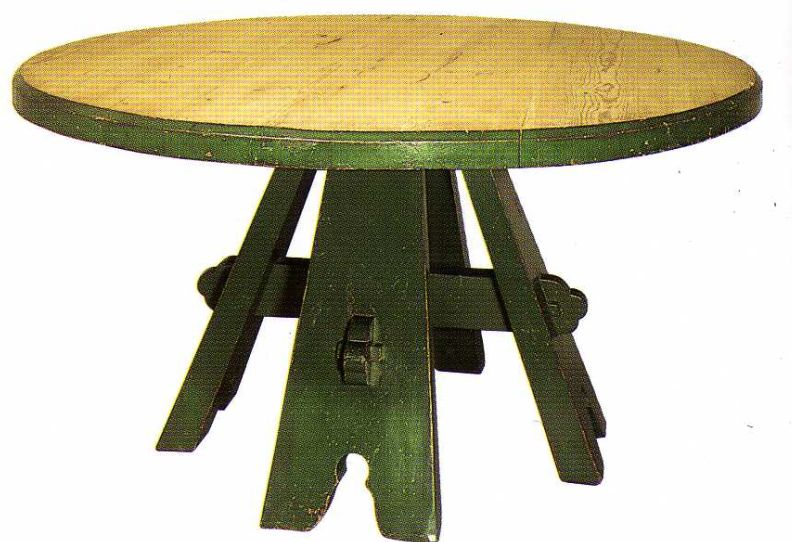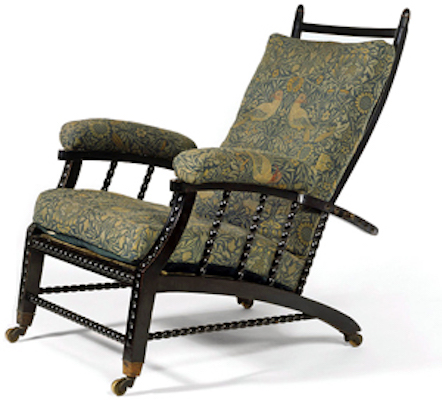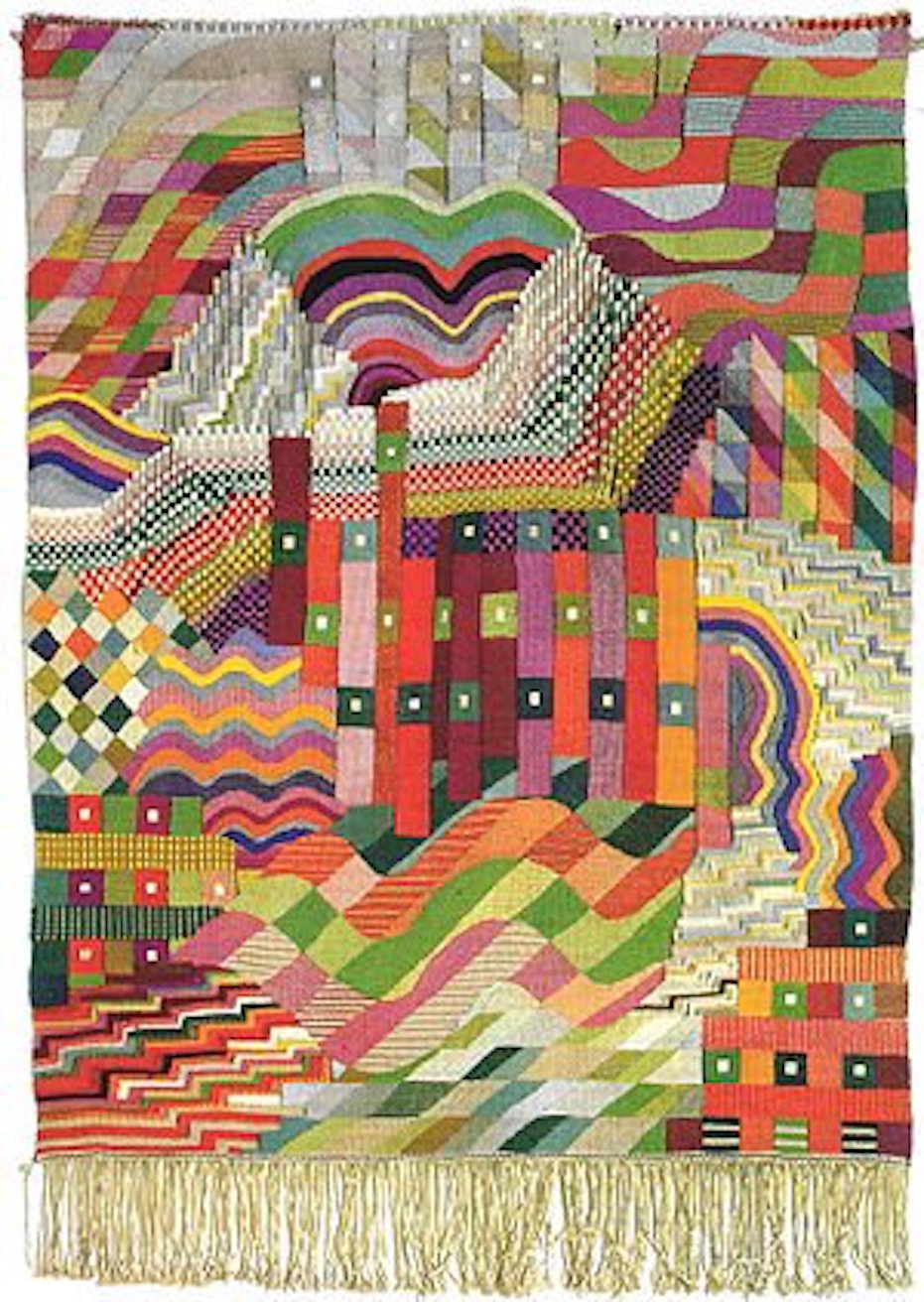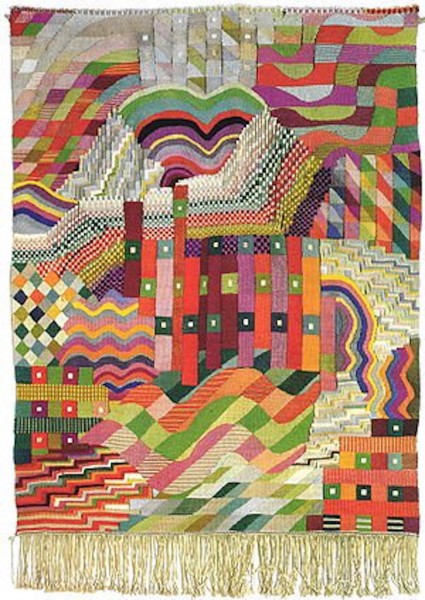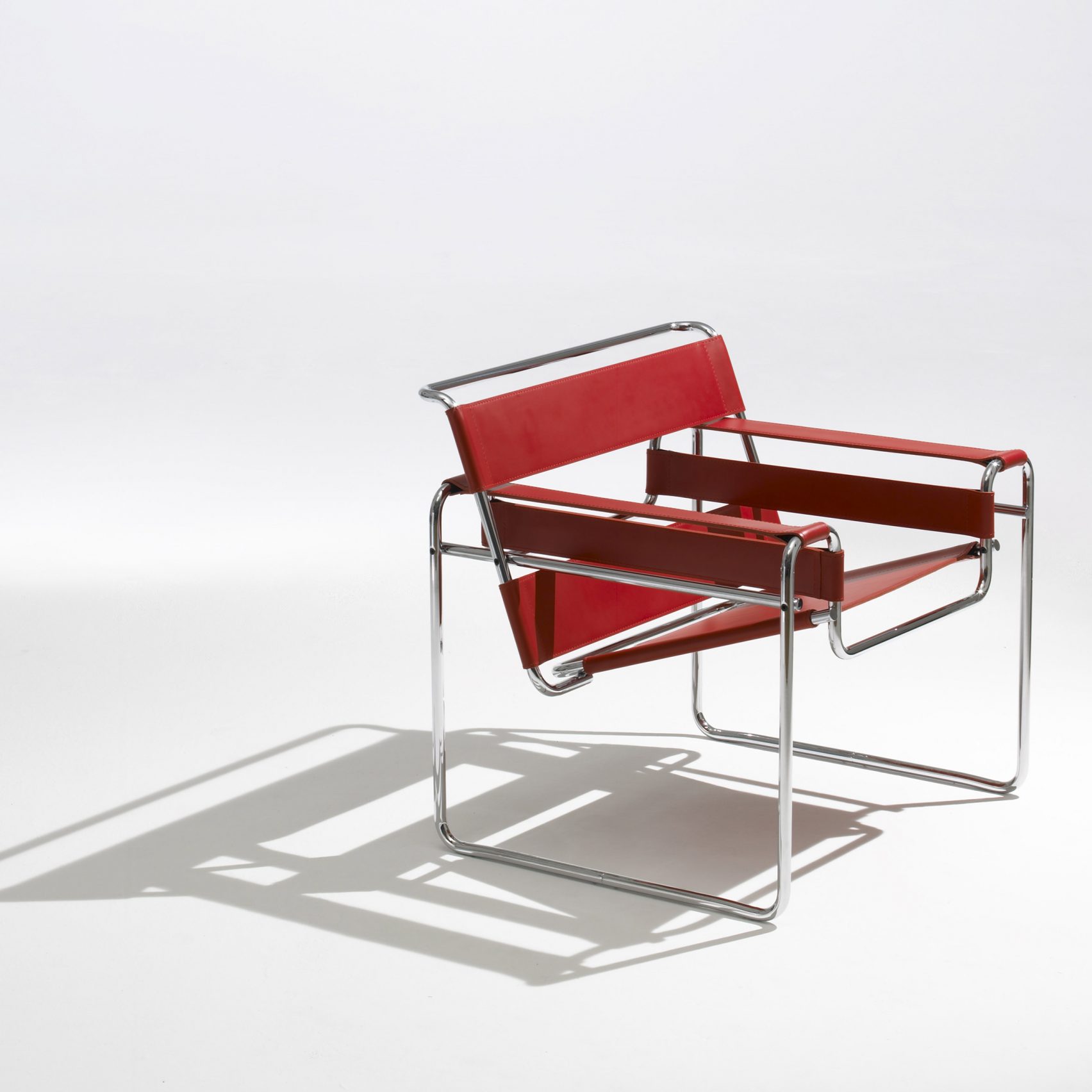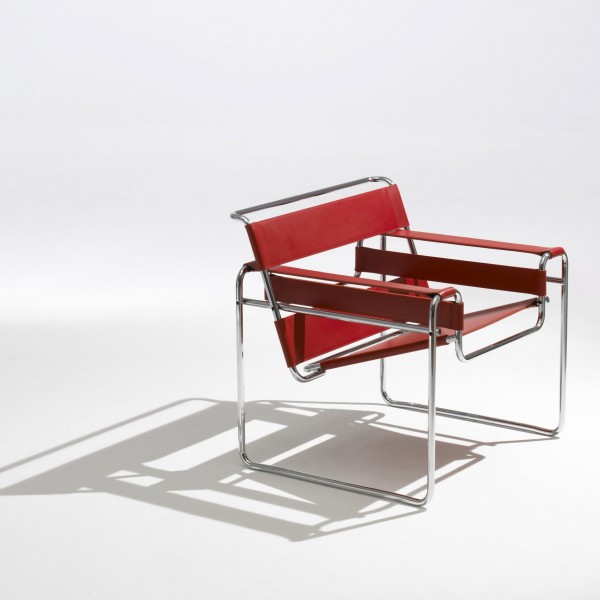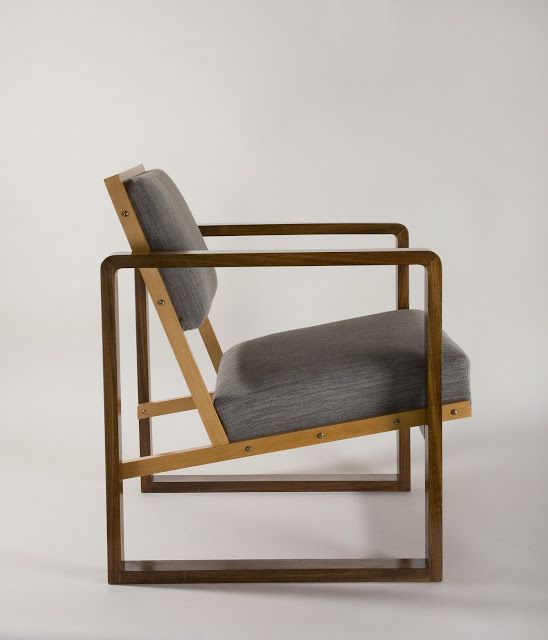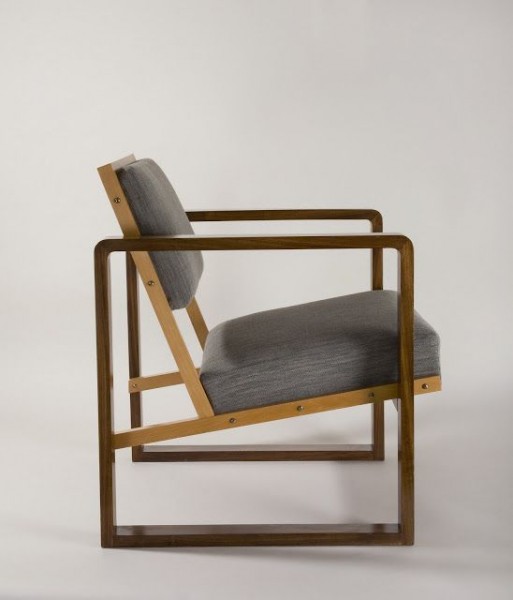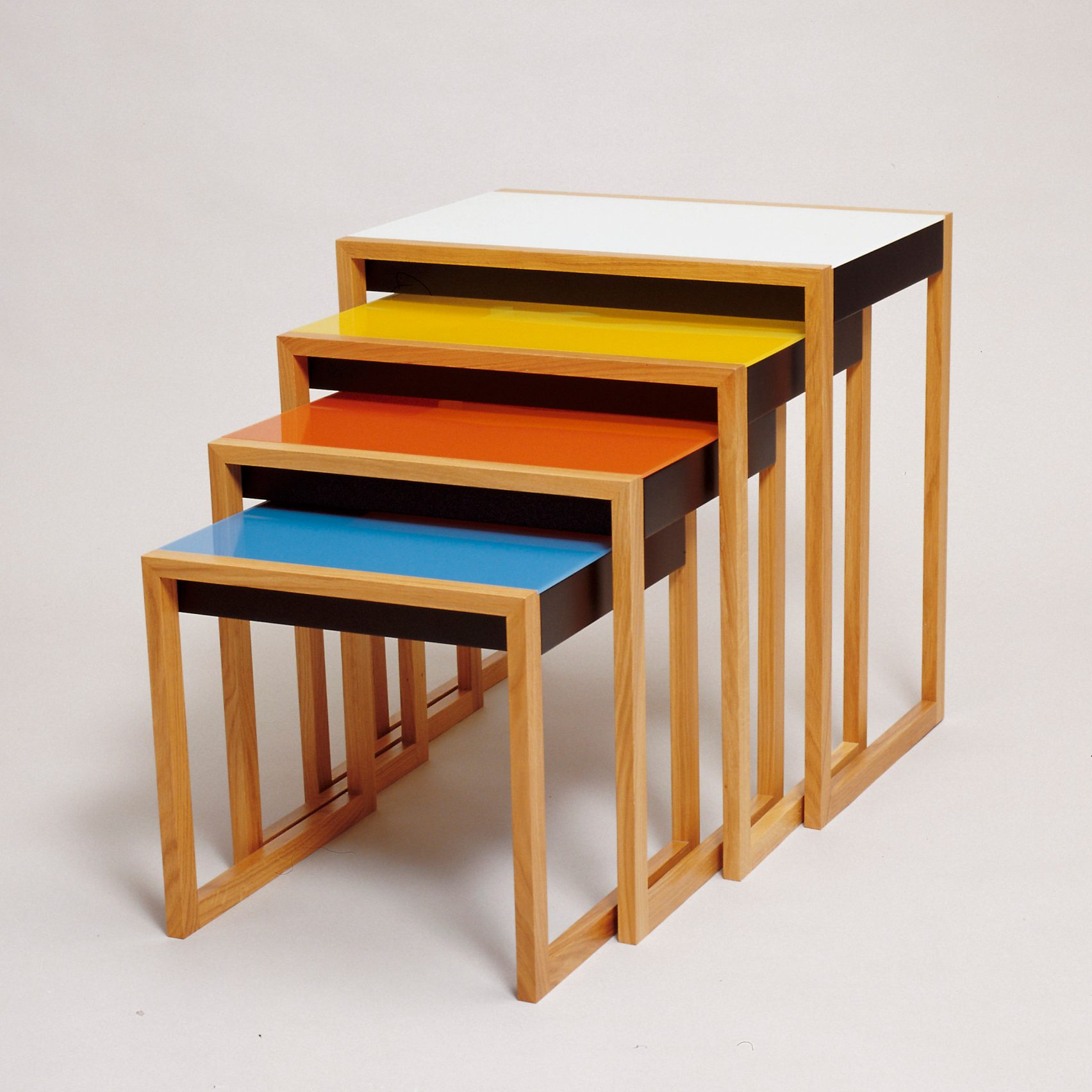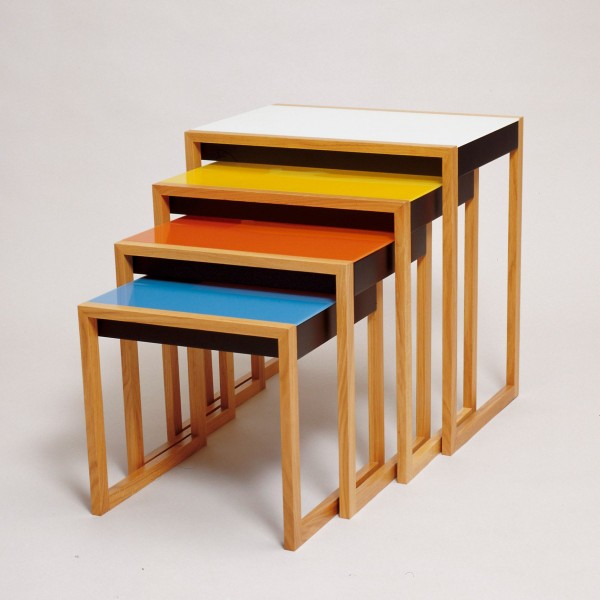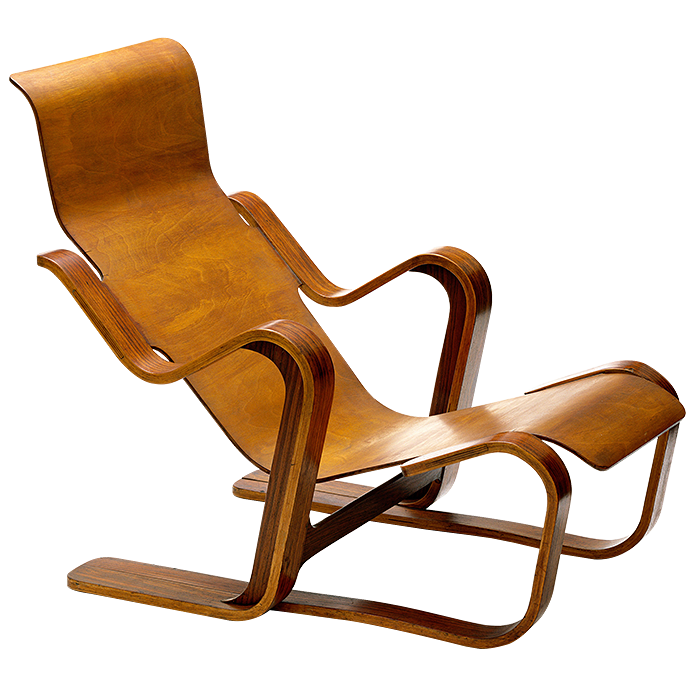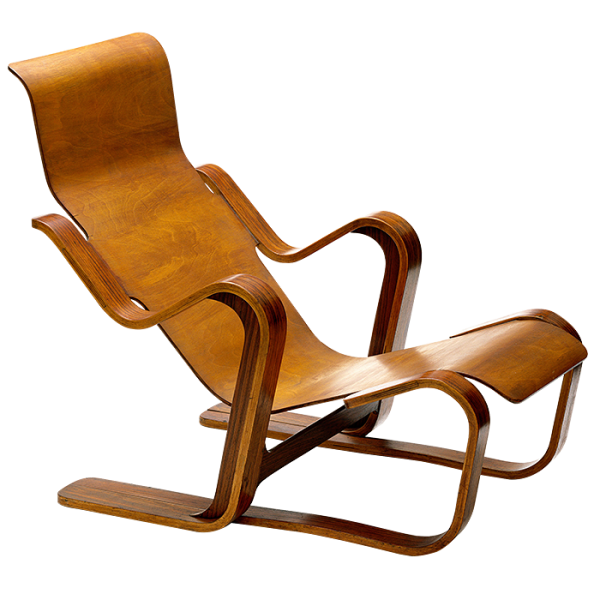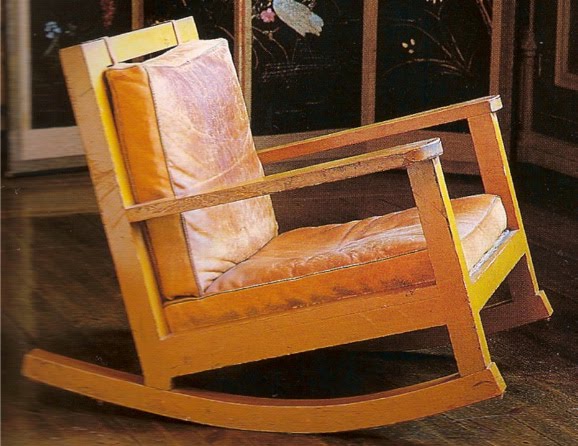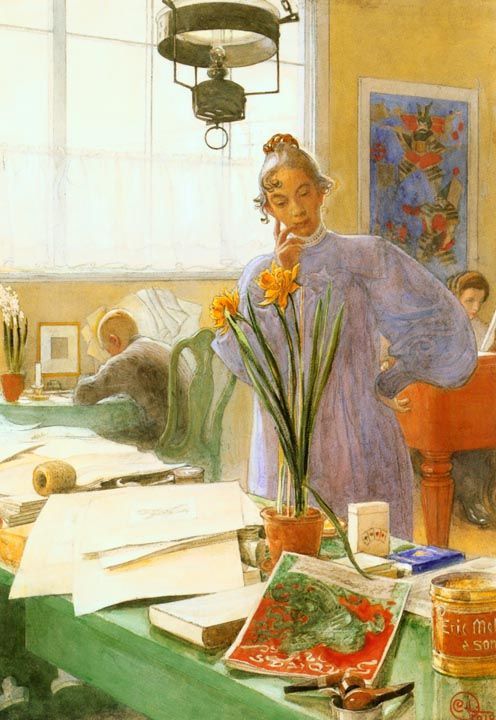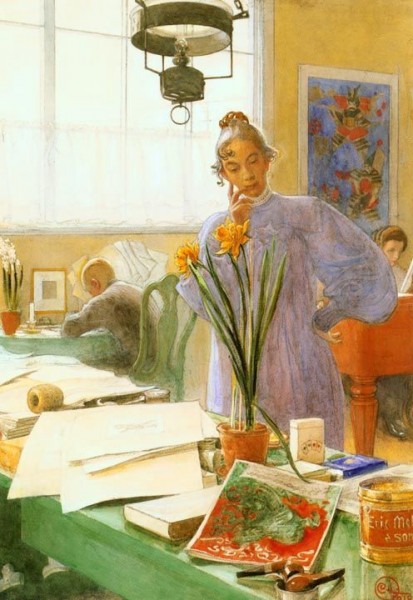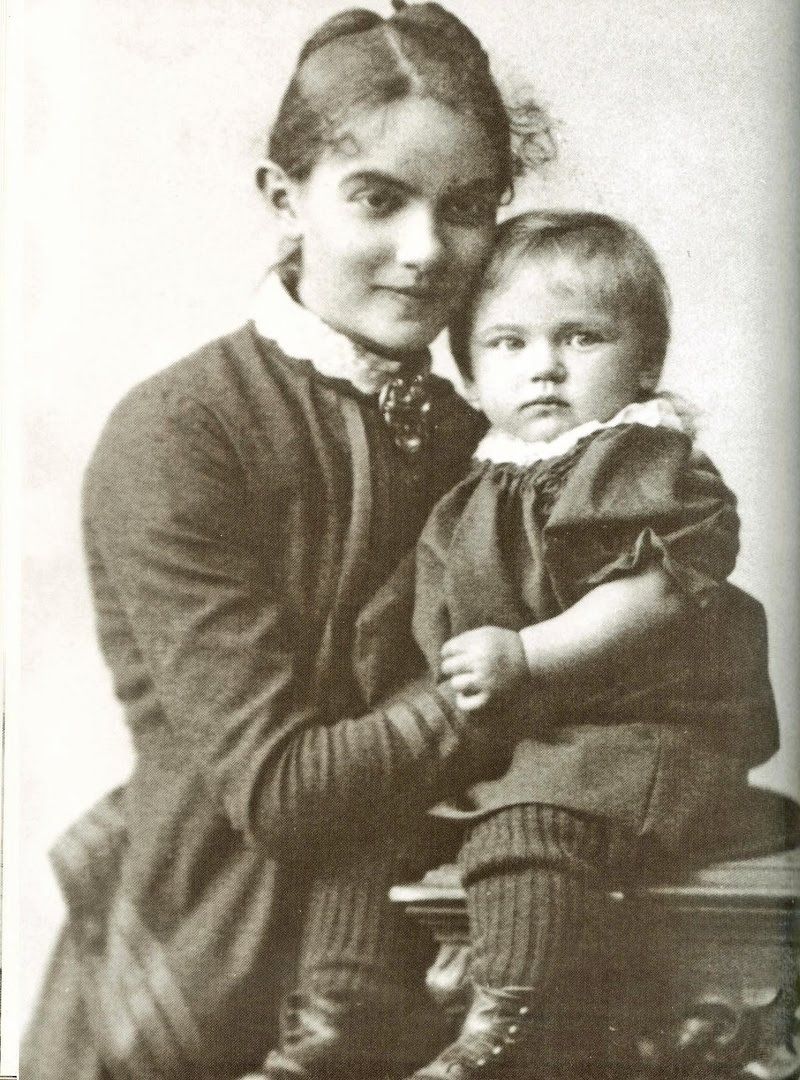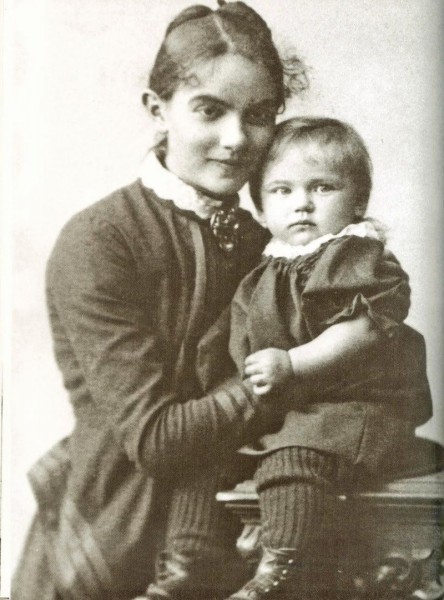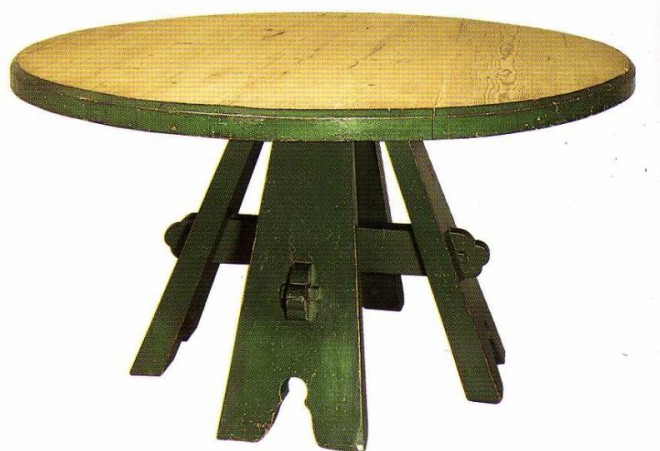
There is an exhibition at the William Morris Gallery in east London showing the subtle connections between the work of William Morris and his circle, and the Bauhaus. ‘One of the shared characteristics is simplicity’ wrote the FT, ‘an emphasis on purpose and a respect for materials… in the context of high Victorian design his pared-down aesthetic was absolutely radical.’ If only the missing link of Karin Larsson was not always, well, missing! So this table is in the exhibition but again no word of Karin – it is meant to link with a Bauhaus chair (cf. tomorrow’s Post). Ah well, Persephone readers hold Karin in their heart at least.
